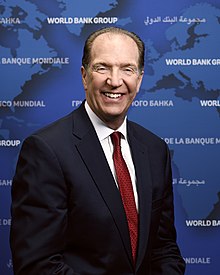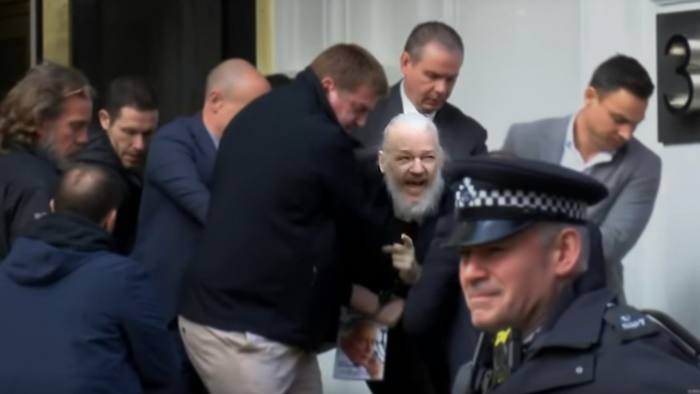This is an abbreviated version of the article originaly published by Yale Journal of International Affairs.
***
 |
| Metropolitan Epiphanius, the head of the independent Ukrainian Orthodox Church, left, Ecumenical Patriarch Bartholomew I, center, and Ukraine’s President Petro Poroshenko during a meeting prior to sign “Tomos” decree of autocephaly for Ukrainian church at the Patriarchal Church of St. George in Istanbul, Turkey, Saturday, Jan. 5, 2019. |
Religious
conflict in Ukraine has been much in the news of late, ever since President
Petro Poroshenko very publicly embraced the ambitious idea of creating a
single, unified Orthodox Christian church out of the country’s many Orthodox denominations.
This idea, long dear to the hearts of Ukrainian nationalists, kept the issue on
the front pages of the media in Ukraine, Russia, and other predominantly
Orthodox countries for most of 2018.
Then, quite
unexpectedly, he got his wish. On January 6, 2019, the Patriarch of
Constantinople, primus inter pares among Orthodox Church hierarchs worldwide,
granted Poroshenko a church document (tomos) designating the newly minted
Orthodox Church of Ukraine (OCU) as the sole legitimate and independent Orthodox
church in Ukraine. The question that many Orthodox Christians both in Ukraine
and elsewhere are now asking themselves is, at what cost?
The Tomos Wunderwaffe
What makes
this turn of events so startling is that before October 2018 all the
established autocephalous Orthodox Churches recognized the Ukrainian Orthodox
Church (UOC-MP), as the sole canonical Orthodox church in Ukraine. This church
had been granted “independence and autonomy in its administration” by the
extraordinary Bishops’ Council of the Russian Orthodox Church on October 27,
1990, nearly a year before Ukraine declared its own independence. Later, in
1992, the Metropolitan of Kiev, having earlier lost his bid to become Patriarch
of Moscow, proclaimed himself Patriarch of Kiev and set up his own Ukrainian
Orthodox Church (the UOC-KP, or Kievan Patriarchate).





